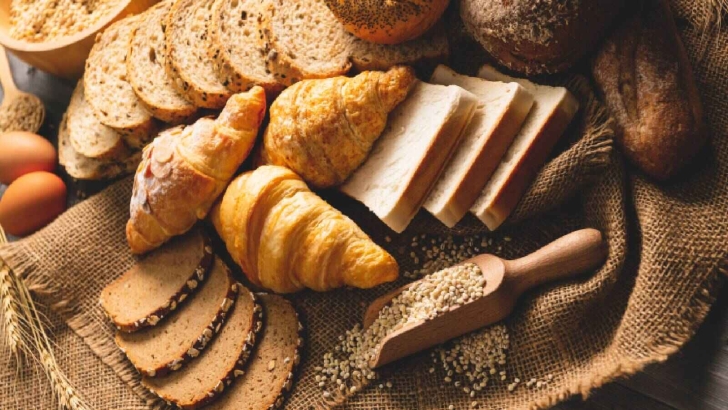
Diabetes: Five best breads for diabetics
Looking for the best bread for diabetics? Skip the white bread and go for alternatives such as whole wheat and oat bread which are better for people living with diabetes.
Bread can be enjoyed with eggs, spreads and cheese. It is a popular breakfast food but if you are a diabetic, you may wonder if it can be consumed without spiking blood sugar levels.
Since breads have carbohydrates, they can raise the level of glucose in the blood and increase the chances of diabetes-related complications.
Does that mean you should not eat bread at all? Bread can be part of a healthy eating plan, but you just need to choose from the healthiest and best bread for diabetics.
Why is white bread bad for diabetics?
White bread is not ideal for diabetics because it is made from refined flour, which has a high glycemic index, this means that it can cause a rapid spike in blood sugar levels after consumption.
During the refining process, most of the fibre, vitamins and minerals get removed.
What is left is a product that gets quickly digested and absorbed, leading to a sharp rise in blood glucose levels.
This can make blood sugar management more challenging for people with diabetes.
Indian bread, such as whole wheat roti or chapatti can be a better option in diabetes compared to white bread.
These breads are typically made from whole grain flour, which contains more fibre.
Fibre helps in slowing down the absorption of sugar by increasing gastric emptying time.
However, the glycemic load should still be considered, as portion sizes and the type of flour used can have an impact on blood sugar control.
What are the best breads for diabetics?
You can save the Indian flatbread for dinner and go for these types of bread during the day:
Whole wheat bread
Go for whole grain bread like whole wheat or oats, as they have fibre, according to the American Diabetes Association, Whole wheat bread is rich in fibre, which can help slow down sugar absorption into the bloodstream.
The presence of fibre in whole wheat bread can also keep you fuller for longer, preventing overeating.
![]()
Multigrain bread
Multigrain bread is made from a combination of grains such as whole wheat flour, oats, millet, flax seeds, water, yeast and salt.
They all contribute to a higher fibre content and a lower glycemic index. The variety of grains also provides a broader spectrum of nutrients.
![]()
Rye bread
During a 2022 study published in Frontiers in Nutrition, rye-based foods, including rye bread, were found to have a positive effect on insulin and glucose responses in the postprandial phase or the time after a meal.
Rye bread contains fibre, which can help in improving insulin sensitivity and controlling blood sugar levels.
![]()
Sourdough bread
During a March 2024 analysis published in the Critical Reviews In Food Science and Nutrition, researchers found that sourdough bread could help reduce the increment of postprandial glycemia, a condition that happens when blood glucose levels shoot up right after a meal.
The fermentation process in sourdough bread can reduce its glycemic index, making it slower to digest and less likely to cause a spike in blood sugar.
The natural acids in sourdough also slow down carbohydrate digestion.
Oat bread
During a 2011 study published in the Iranian Journal of Endocrinology and Metabolism, oat bread was found to be effective in reducing blood glucose.
Oats are rich in beta-glucan, a type of soluble fibre that can help reduce cholesterol levels and manage blood sugar.
![]()
healthshots.com
